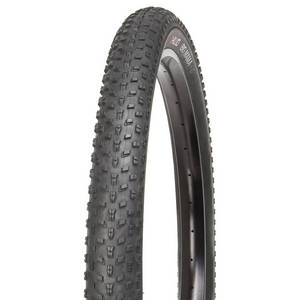
Only the threads on one axis are counted. On a high-end tubular, it may be as high as 320.

On a woven fabric casing it may be as low as 20. Tire fabric casings coming with different thread counts. It looks like a clincher but uses the unique construction method of high-end tubulars. This is the kind of tire usually used by road cycling enthusiasts. For the purposes of this discussion, it is a tire with a woven fabric casing with either metal or folding fabric beads. The tire is glued to the rim.Ĭlincher Tire.

The rim for such a tire has a mild concavity. The edges are sewn along the inside circumference. A cloth casing is wrapped around an inner tube. But this is the way the words are generally used in the trade. Your bike shop may not use the terms exactly as I have defined them. The way I have defined things below is not necessarily the way everyone does. In any area where sales drive a lot of the discussion, clarity is, to be charitable, often lost. You can really improve your cycling pleasure by taking the same trouble when choosing your tires. You went to a lot of trouble to evaluate the bike you bought, carefully balancing its handling, weight, feel, materials, workmanship and appearance. I hope that after reading this essay the reader will take a more nuanced, careful approach to his tire selection. Too often the choice of tires is decided by the answers to two questions: 1. The USH tread pattern seemed to little of one and not enough of another, in terms of fast rolling but grip.Since the choice of tire is the single most effective and reasonably low-cost way a rider can affect and improve (or degrade) the performance of his bicycle, it's time to take a long, serious look at this component. Went with the USH and like it very much, rolls fast on pavement but grippy on dirt.

I did have to struggle between choosing the MSO and the USH last winter, for the Barry Roubaix. However, the Challenge tire is a whopping 425grams (for the Plus version, the Race version is 17g lighter) I've no big opinion between the Challenge tread pattern vs the MSO, though for purely CX reasons I'd go for the taller side knobs of the Challenge for cornering. There is a 60gram weight difference between the Clement 60 and 120 - the 120 is lighter at 340grams. I would say that any tire that is overly worn will be prone to more flats, excepting maybe Gatorskins you can rub off all the compound on those tires and just ride on the kevlar casing. I've been riding 320tpi Vittoria road tires in Chicago for years with no problem. I would not agree that a higher tpi tire will be more susceptible to flats or wear faster.


 0 kommentar(er)
0 kommentar(er)
